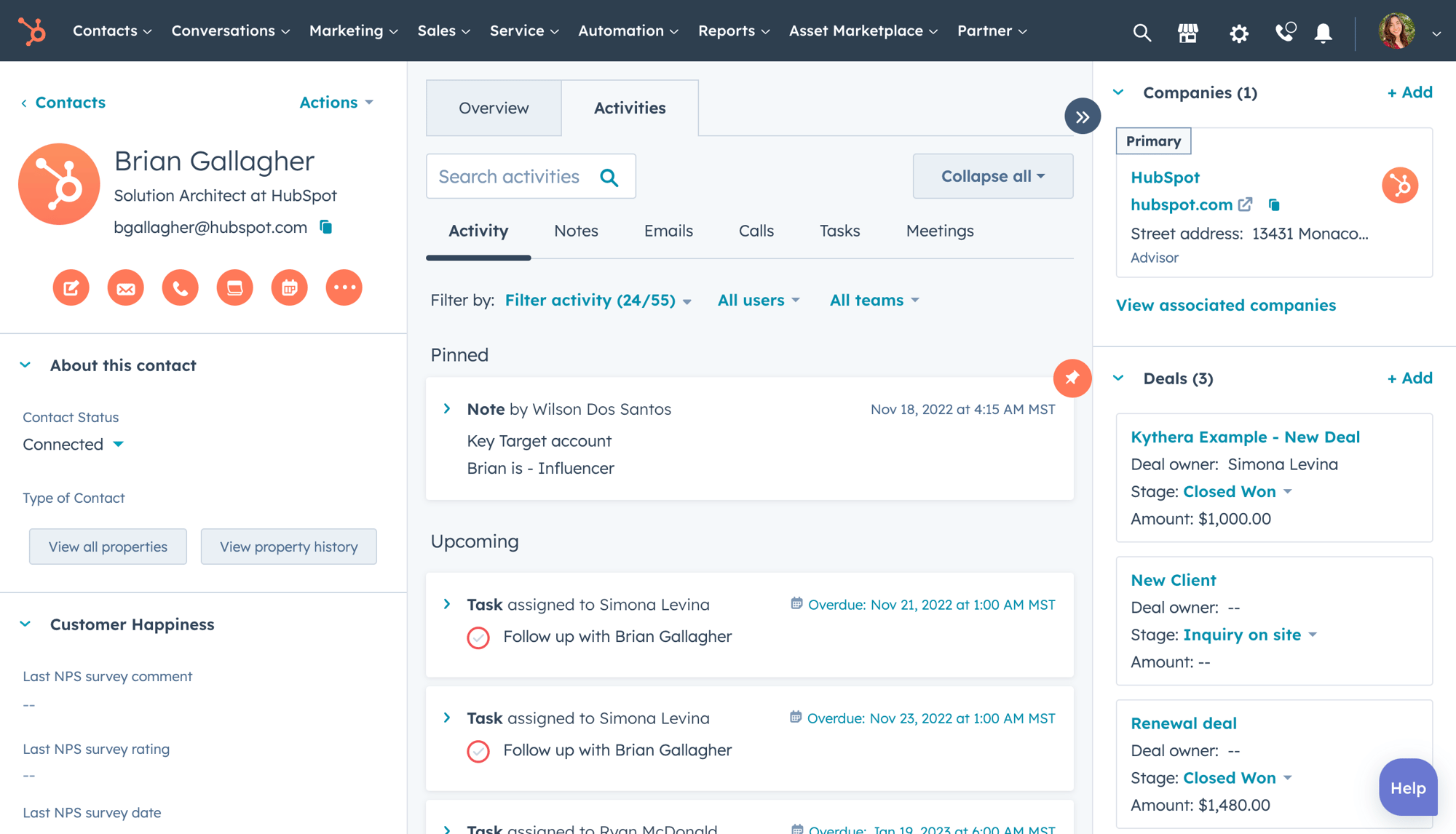
As you implement a CRM system, you’re likely wondering how to turn it into a powerful engine for driving sales and engagement. You’ve got the basics covered, but now it’s time to take your strategy to the next level. By setting clear objectives, refining your data, and automating routine tasks, you’ll be well on your way to maximizing ROI and revenue growth. But that’s just the beginning – what comes next will make all the difference in creating personalized customer interactions and staying ahead of the competition.
Define Clear Goals and Objectives
To maximize your CRM’s potential, you need to define what success looks like.
This means setting clear, measurable goals and objectives that align with your business strategy.
What do you want to achieve with your CRM?
Is it to increase sales revenue, improve customer satisfaction, or enhance sales productivity?
Automate Routine Tasks Efficiently
By setting clear goals and objectives, you’ve established a roadmap for CRM success.
Now, it’s time to automate routine tasks efficiently. You’ll save time and energy by letting your CRM system handle repetitive, freeing you up to focus on strategy and customer engagement.
Start by automating tasks such as data entry, lead qualification, and follow-up emails. This will help you streamline your sales process and reduce the risk of human error.
Next, set up workflows that trigger specific actions based on customer interactions, such as sending welcome emails or assigning tasks to team members.
You can also automate report generation, giving you instant insights into your sales pipeline.
By automating these tasks, you’ll be able to respond quickly to customer inquiries and provide personalized support.
This will lead to increased customer satisfaction and loyalty, ultimately driving revenue growth.
Enhance Data Quality and Accuracy
Your CRM system is only as good as the data it contains. If your data is inaccurate, outdated, or duplicated, you’ll struggle to get valuable insights, make data-driven decisions, and ultimately, maximize sales and customer engagement.
You must ensure data quality and accuracy by implementing a data governance policy.
This policy should outline roles, responsibilities, and best practices for data entry, validation, and updates. For instance, you can set up data validation rules to prevent invalid data entry.
You can also establish a data cleansing process to remove duplicates, correct errors, and update outdated information.
Additionally, consider integrating your CRM with other systems, such as ERP or social media, to gather more accurate and up-to-date customer information.
Foster Personalized Customer Experiences
One-size-fits-all approaches no longer resonate with customers, who expect tailored interactions that acknowledge their individuality.
To deliver personalized experiences, you’ll need to leverage customer data and insights. This means using information like purchase history, preferences, and communication channels to craft targeted messages and offers.
You can also use segmentation to group customers based on shared characteristics, allowing you to tailor your approach to specific demographics or behaviors.
Additionally, consider implementing account-based marketing strategies, which focus on key decision-makers within target accounts.
Analyze and Refine Performance Metrics
Key performance indicators (KPIs) serve as the compass guiding your CRM strategy.
They help you understand what’s working and what’s not.
By regularly analyzing your KPIs, you’ll identify areas where you need to refine your performance metrics.
You’ll be able to pinpoint inefficiencies, bottlenecks, and opportunities to optimize your sales and customer engagement efforts.
You’ll want to track metrics such as conversion rates, sales cycle length, and customer lifetime value.
You should also monitor customer satisfaction ratings, retention rates, and Net Promoter Score.
By regularly reviewing these metrics, you’ll be able to refine your CRM strategy, make data-driven decisions, and optimize your sales and customer engagement efforts.
Remember, your KPIs aren’t set in stone.
As your business evolves, so should your performance metrics.
Continuously refine and adjust your KPIs to ensure they’re aligned with your changing business needs.
Conclusion
You’ve set clear goals, automated routine tasks, enhanced data quality, fostered personalized customer experiences, and analyzed performance metrics. Now, refine your KPIs to maximize ROI, customer satisfaction, and revenue growth. By following these HubSpot CRM best practices, you’ll be well on your way to driving business strategy, improving sales, and increasing customer engagement.